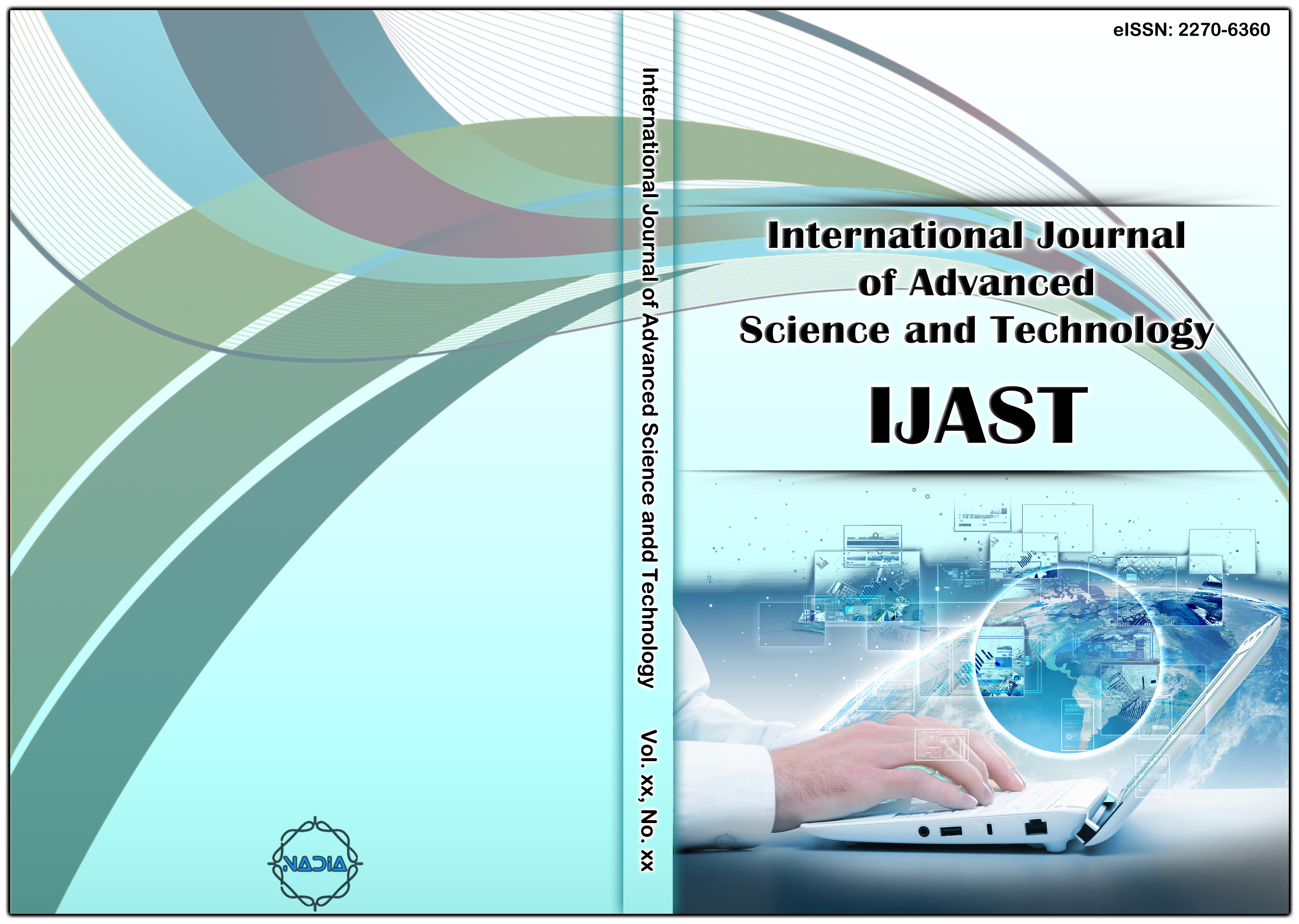Abstract:
Technologies leading to the fourth industrial revolution, such as ubiquitous mobile internet, powerful sensors, and artificial intelligence, are rapidly changing our daily lives and industrial structure through the Internet of Things (IoT). As a result, computer programming is now regarded as an essential skill for 21st century students, and coding education aimed at promoting computational thinking is becoming a core component of curriculums not only in elementary and middle schools, but also in universities. In particular, the rapid development of the IoT, which is one of the main technologies enabling the connection between real objects and the digital sphere, has resulted in a need for more undergraduate coding education in many universities. This study proposed a teaching and learning model for IoT concepts that utilizes Arduino for the coding education of undergraduate students, and analyzed its effectiveness. In order to understand the concept of the IoT, students organized project scenarios related to real-world subjects, and added creative designs. Each team then implemented IoT project works using five sensors and actuators. A questionnaire was used to evaluate the effectiveness of the model, the results of which confirmed that the teaching approach helped to improve the students’ understandings of the IoT and better understand the technologies underlying the fourth industrial revolution technology in general, as well as gain the coding abilities to implement new ideas in the digital sphere.
Keywords:
Arduino, Coding Education, Computational Thinking, Internet of Things, Teaching Model, Undergraduate
References:
[1] Schwab, Klaus. The Fourth Industrial Revolution. London: Portfolio Penguin, 2017.
[2] Wing, JM., “Computational Thinking.”, Communication of the ACM 49.3 (2006): 33-35.
[3] Wing, JM., “Computational thinking and thinking about computing.” Philosophical Transactions of The Royal Society 366 (2008): 3717-3725.
[4] Lee, M. S., “A Study on Creative and Convergent SW Education Programs for improving Computational Thinking”, Journal of The Korea Society of Computer and Information 22.8 (2017): 93-100.
[5] Ku, J. H. “A Study on the Software Convergence Education for Non-Majors Computer Science using Creative Robot.” Journal of the Korea Academia-Industrial cooperation Society 18.2 (2017): 631-638.
[6] Stenger, Marianne. Coding In Education: Why It’s Important & How It’s Being Implemented. November 2017. https://www.opencolleges.edu.au/informed/features/coding-education-important-implemented/.
[7] Rossano, V., et al. “Conding and Computational Thinking with Arduino” International Conference on Cognition and Exploratory Learning in Digital Age, Budapest, Hungary, 21-23 October 2018. International Association for Development of the Information Society, 2018, pp. 263-269.
[8] Wikipedia. “Arduino.” Accessed 28 March 2019. https://en.wikipedia.org/wiki/Arduino.
[9] Brinkmeier, M., et al. “A Case Study of Physical Computing in Computer Science Education” The 11th Workshop in Primary and Secondary Computing Education, Münster, Germany, 13-15 October 2016. ACM, 2016, pp. 54-59.
[10] Brock, JD., et al. “Using Arduino for Introductory Programming Course: A Tutorial.” Journal of Computing Sciences in Colleges 25.2 (2009): 129-130.
[11] Park, Y. M. “The Arduino based Windowfarm Monitoring System.” Journal of the Korea Academia-Industrial cooperation Society 19.5 (2018): 563-569.
[12] Reigelruth, Charles M. Instructional-Design Theories and Models, Volume Ⅱ: A New Paradigm of Instructional Theory. Mahwah, NJ: Lawrence Erlbaum Assoc, 1999.
[13] Pearson. “Teaching & Learning Design Principles.” Accessed 28 March 2019. https://www.pearson.com/corporate/efficacy-and-research/teaching-learning-design-principles.html.
[14] Kim, J. S., et al. A Study on Development of Teaching and Learning Model for Software Education. Korean Educational Development Institute, 2015.
[15] Dam, R., et al. “5 Stages in the Design Thinking Process.” International Design Foundation, April 2019. https://www.interaction-design.org/literature/article/5-stages-in-the-design-thinking-process.
[16] Institute of Design at Stanford, An Introduction to Design Thinking PROCESS GUIDE, https://dschool-old.stanford.edu/sandbox/groups/designresources/wiki/36873/attachments/74b3d/ModeGuideBOO
TCAMP2010L.pdf.
[17] Gashaye Melaku Tefera, “STAGES OF DESIGN THINKING”, June 15, 2019, https://atlascorps.org/stages-of-design-thinking/.
[18] Jun-Hyeong Lee, Hyeong-Ok Lee.Design of education program used physical computing for improving the computational thinking: applying Rubrics list.International Journal of Urban Design for Ubiquitous Computing. Vol. 6. No. 2. Sep. 2018.GVPress. pp:1-6.http://dx.doi.org/10.21742/IJUDUC.2018.6.2.01.
[19] Youngho Lee.Development of Problem Solving Path Algorithm for Individualized Programming Education.International Journal of Advanced Research in Big Data Management System. Vol. 2. No. 1. Jun. 2018.GVPress. pp:7-12.http://dx.doi.org/10.21742/IJARBMS.2018.2.1.02.
[20] Hong, Y. J., et al. “A study on lighting system for LED color temperature control using wireless communication and smartphone.” Journal of the Korea Academia-Industrial cooperation Society 18.11 (2017): 72-77.
[21] Gaurav Panwar, Rajat Maurya, Rajesh Rawat, Rohit Kanswal and Praful Ranjan.Home automation using IOT application.International Journal of Smart Home. Vol. 11. No. 9. Sep. 2017.GVPress. pp:1-8.http://dx.doi.org/10.21742/IJSH.2017.11.9.01.
Citations:
APA:
Ku, J.-H. (2019). A Study on Teaching and Learning Model of Undergraduate Coding Education Using Arduino. International Journal of Advanced Science and Technology (IJAST), ISSN: 2005-4238(Print); 2207-6360 (Online), NADIA, 130, 69-78. doi: 10.33832/ijast.2019.130.07.
MLA:
Ku, Jin-Hee, “A Study on Teaching and Learning Model of Undergraduate Coding Education Using Arduino.” International Journal of Advanced Science and Technology, ISSN: 2005-4238(Print); 2207-6360 (Online), NADIA, vol. 130, 2019, pp. 69-78. IJAST, http://article.nadiapub.com/IJAST/Vol130/7.html.
IEEE:
[1] J.-H. Ku, “A Study on Teaching and Learning Model of Undergraduate Coding Education Using Arduino.” International Journal of Advanced Science and Technology (IJAST), ISSN: 2005-4238(Print); 2207-6360 (Online), NADIA, vol. 130, pp. 69-78, Sep. 2019.
